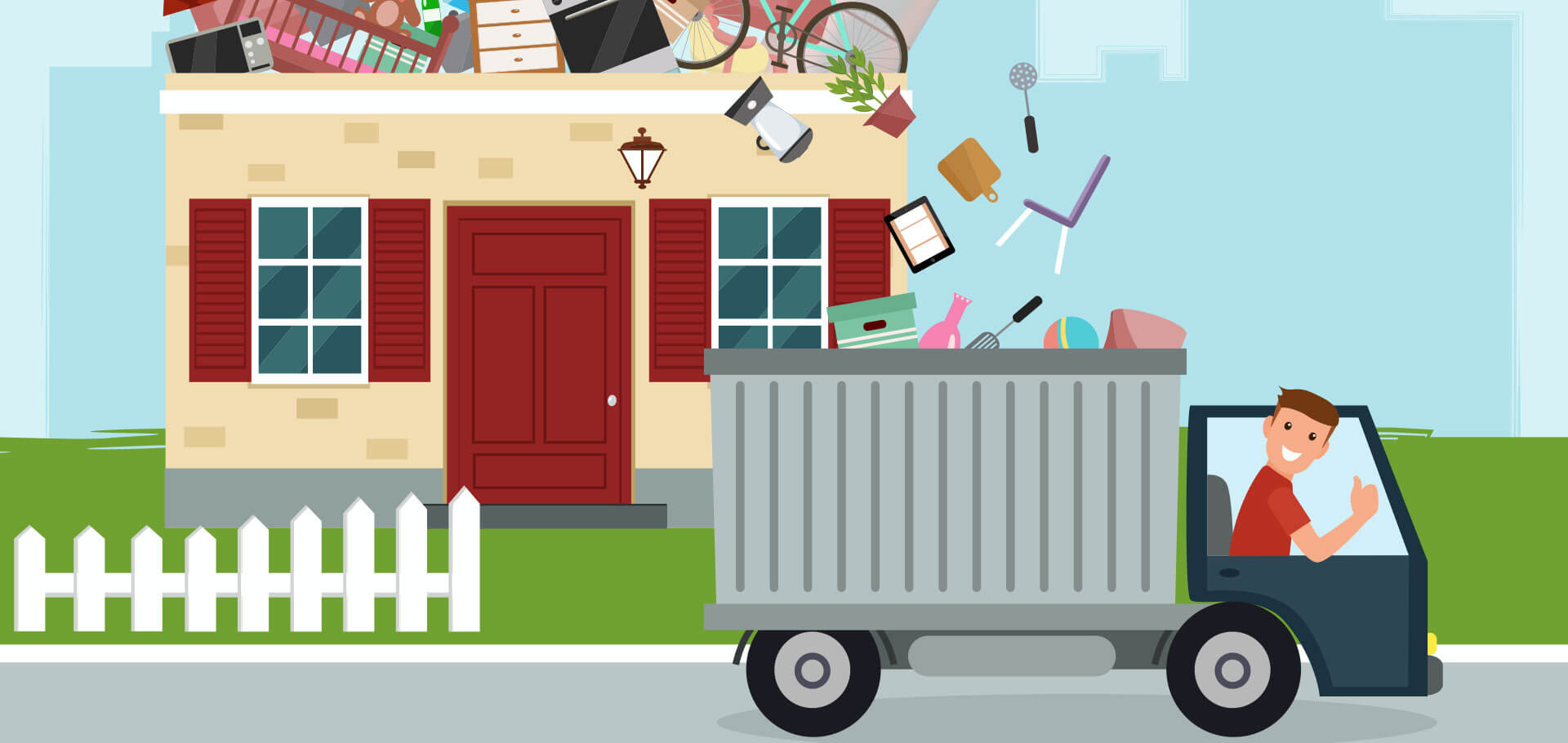Atlanta Waste Disposal: Eco-Friendly and Liable Solutions
Wiki Article
Professional Waste Monitoring Methods Customized for Industrial Settings
In industrial environments, the monitoring of waste is an important element that demands precision and know-how. Tailoring waste management strategies to fit the distinct requirements of commercial settings is not just useful yet important for preserving operational performance and ecological sustainability. By understanding the ins and outs of different types of hazardous waste, implementing correct managing treatments for unsafe products, and developing reliable reusing methods, companies can dramatically decrease their ecological impact and prospective liabilities. The mission for better waste administration in industrial settings entails a precise strategy that stabilizes governing compliance, cost-effectiveness, and ecological duty.Relevance of Tailored Waste Administration
Tailored waste management practices are necessary in industrial setups to optimize source application and minimize ecological influence. Industrial procedures generate a substantial quantity of waste, ranging from strong byproducts to chemical contaminants, posing a risk to the atmosphere otherwise handled efficiently (Atlanta junk hauling). By tailoring waste administration strategies to suit the details requirements and challenges of each industrial facility, firms can not just follow regulations yet also boost operational efficiency and sustainabilityOne secret aspect of customized waste management is performing a detailed waste evaluation to recognize the types and quantities of waste generated. This evaluation allows business to implement targeted options such as recycling programs, waste partition protocols, and waste-to-energy efforts. By understanding the structure of their waste streams, commercial facilities can establish cost-effective approaches to reduce waste generation at the resource, leading to long-lasting ecological benefits.

Types of Hazardous Waste
What are the different classifications of industrial waste typically generated in manufacturing procedures? Industrial waste can be identified into several main groups based on its make-up and features.One more typical kind of hazardous waste is non-hazardous waste, which incorporates products like paper, plastics, and product packaging waste. While non-hazardous waste might not posture instant dangers, correct monitoring is still important to minimize landfill use and advertise recycling and sustainability practices.

Hazardous Waste Handling Procedures
Efficient administration of contaminated materials in commercial settings requires stringent adherence to established taking care of treatments to reduce risks and make sure ecological safety. Contaminated materials handling procedures entail several vital actions to reduce the possible effect on human health and wellness and the environment. Proper identification and categorization of dangerous waste are important. This consists of identifying the features of the waste to ascertain the suitable handling, storage, and disposal techniques.Secondly, when determined, contaminated materials should be thoroughly set apart from visit this web-site non-hazardous waste to stop contamination and make certain appropriate therapy. Storage of harmful waste need to abide by guidelines relating to control, labeling, and compatibility to stop leaks, spills, or various other incidents that might threaten employees or the atmosphere.
Furthermore, taking care of procedures ought to consist of the usage of personal safety tools, worker training, and emergency situation feedback protocols. Routine examinations, surveillance, and documents of contaminated materials handling tasks are essential to keeping compliance and identifying locations for renovation. By following these structured procedures faithfully, commercial centers can effectively manage contaminated materials and support their dedication to environmental stewardship.
Applying Effective Reusing Practices

To carry out effective recycling practices, industrial centers must initially perform a waste audit to determine the kinds and quantities of recyclable materials created in their operations. Based upon this audit, firms can after that develop designated reusing terminals, offer proper training to employees on appropriate sorting methods, and team up with trusted reusing partners for the collection and processing of products. Additionally, establishing particular recycling objectives, tracking progression, and regularly communicating with staff regarding the value of reusing are necessary steps to guarantee the success and sustainability of reusing efforts in industrial setups.
Surveillance and Continuous Renovation
To ensure the performance and sustainability of waste management strategies in industrial settings, the application of robust surveillance and constant enhancement processes is More hints important. Monitoring entails monitoring crucial efficiency indications (KPIs) such as waste generation rates, reusing percents, and disposal expenses. Consistently analyzing these metrics allows companies to recognize locations for renovation and gauge the success of executed waste management campaigns.Continuous improvement is necessary for fine-tuning processes with time. It includes examining checking data, identifying ineffectiveness, and executing changes to maximize waste administration methods further. This repetitive approach fosters a society of continuous improvement and development within the organization.
Using technology like waste monitoring software application and IoT sensors can simplify keeping track of efforts, offering real-time data for notified decision-making. Staff member training and interaction additionally play a crucial role in making sure the success of tracking and constant improvement initiatives, as frontline team are typically principals in waste administration processes.
Final Thought
Finally, tailored waste management strategies are vital for industrial settings to successfully take care of various sorts of waste, including dangerous materials. By carrying out reliable reusing techniques and continuously monitoring and improving waste additional resources administration processes, markets can decrease their environmental impact and make sure conformity with regulations. It is necessary for firms to prioritize waste administration to shield the atmosphere and advertise sustainability in their procedures.Report this wiki page